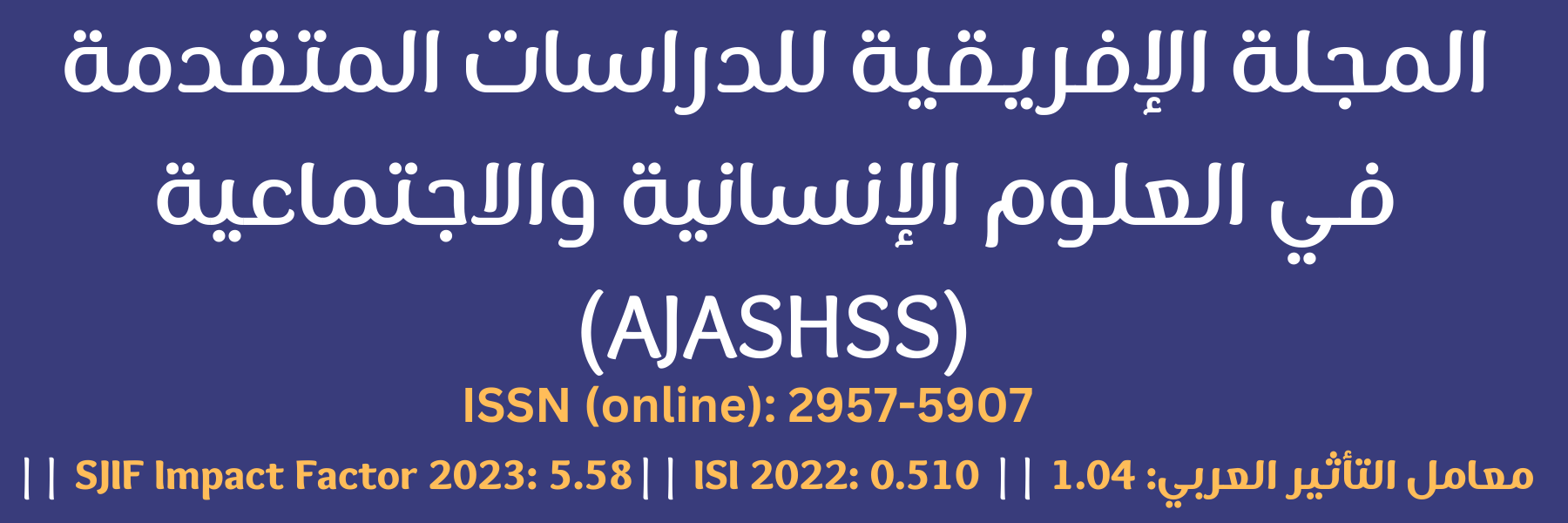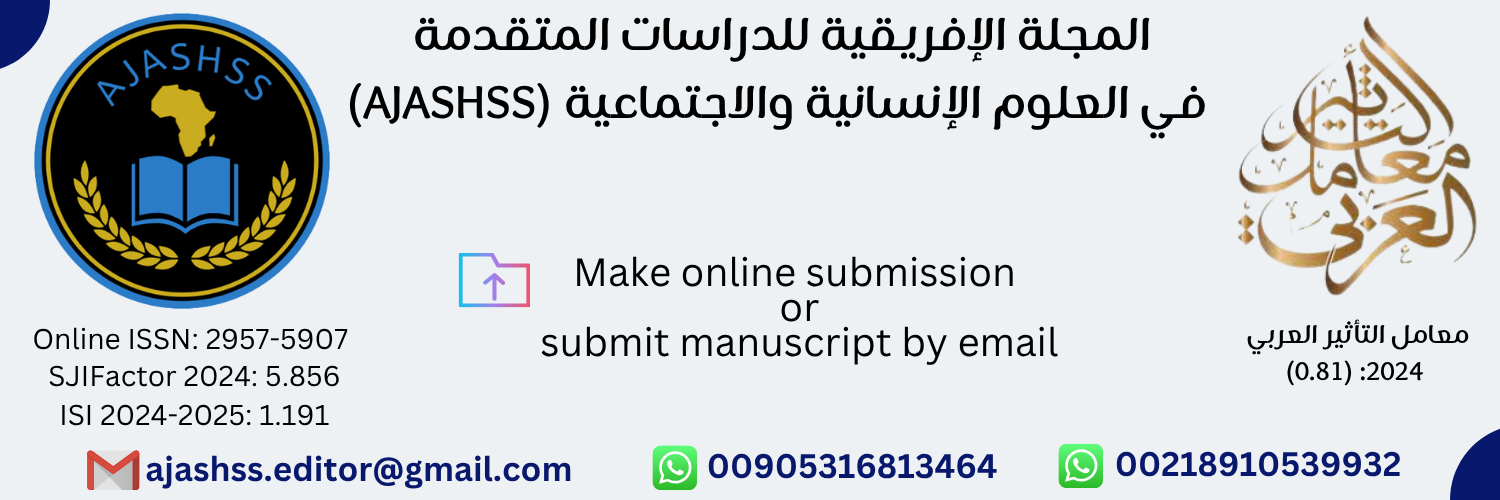The Impact of High-Stakes Examinations on Teaching Practices: A Case Study of Libyan Secondary School Teachers
Keywords:
washback, Secondary School Final Exam, English language teaching, exam preparation, curriculum alignment, teaching practices, High-stakes examAbstract
This study investigates the impact of the Secondary School Final Exam (SSFE) on English language teaching practices and the broader educational objectives of language learning in Libya. Focusing on the challenges teachers face in balancing exam preparation with fostering comprehensive language skills, the study explores the consequences of an exam-centric approach, which prioritizes grammar and vocabulary at the expense of other language competencies such as listening, speaking and writing. Through interviews and surveys with teachers of English, the study reveals that the SSFE's narrow focus has led to changes in teaching strategies, students' resistance to non-exam-related activities, and increased pressure on teachers. The findings highlight the need for a curriculum and exam structure that aligns more closely with communicative language teaching principles, ensuring a more holistic approach to language education. Practical recommendations are provided for policymakers and educators to promote balanced assessment and improve teaching practices.
Published
How to Cite
Issue
Section

This work is licensed under a Creative Commons Attribution 4.0 International License.






